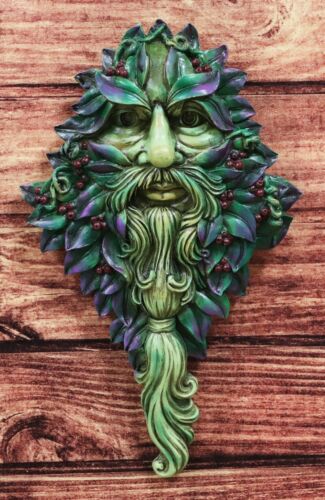-40%
Donegal St Brigids Celtic Wall Cross Ireland 7 5/8" Millenium 2000 Parian China
$ 20.52
- Description
- Size Guide
Description
Donegal St Brigid's Celtic Wall CrossIvory porcelain with gold accents & red ribbon for displaying
Also has a hole in the back as an alternate hanging option
Made in Donegal, Ireland
Approximately
7 5/8"
Made for the Millennium in 2000
Retired
Made of Parian Porcelain/China
St.Brigid, also known as “Mary of the Gael”, is an abbess and patroness of Ireland. She is furthermore the founder of the first Irish monastery in County Kildare, Ireland. Born in Dundalk in 450 AD, St Brigid is accredited with first creating the unique cross which bears her name. This cross is normally hand created from rushes however occasionally straw is also used.
The distinctive St. Brigid’s Cross design, made from woven rushes, is thought to keep evil, fire and hunger from the homes in which it is displayed, however the tale of its creation is somewhat confused, and there is not one definitive version.
The tale as we know it is as follows....
There was an old pagan Chieftain who lay delirious on his deathbed in Kildare (some believe this was her father) and his servants summoned Brigid to his beside in the hope that the saintly woman may calm his restless spirit. Brigid is said to have sat by his bed, consoling and calming him and it is here that she picked up the rushes from the floor and began weaving them into the distinctive cross pattern. Whilst she weaved, she explained the meaning of the cross to the sick Chieftain and it is thought her calming words brought peace to his soul. He was so enamoured by her words that the old Chieftain requested he be baptized as a Christian just before his passing.
Since that day, and for the centuries that followed, it has been customary on the eve of her Feast Day (1st February) for the Irish people to fashion a St. Brigid's Cross of straw or rushes and place it inside the house over the door.
This rush cross, which became St. Brigid’s emblem, has been used in Irish designs throughout history, with many modern stylists using this now popular Irish symbol













